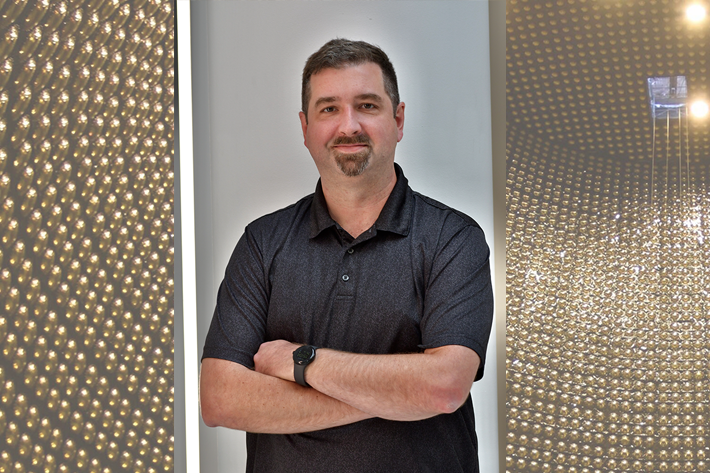Events
Events Calendar
Clone of Quark Confiement Workshop
Wednesday, May 3, 2023, 8:50 p.m. through Wednesday, May 3, 2023, 4:30 p.m.
Keller Hall 3-180/Tate Hall B50
Wednesday, May 3rd
9:00 am – 9:30 am Grant Remmen
9:30 am – 9:40 am Questions
9:40 am – 10:10 am Coffee
10:10 am – 11:10 am Four 10+5 talks:
(1) TBD
(2) Gabriel Cuomo
(3) Maria Neuzil
(4) Yuan Xin
11:10 am – 11:25 am Short talk questions
11:25 am – 1:30 pm Lunch
1:30 pm – 2:00 pm Georg Bergner
2:00 pm – 2:10 pm Questions
2:10 pm – 2:40 pm Coffee
2:40 pm – 3:10 pm Etsuko Itou
3:10 pm – 3:20 pm Questions
3:20 pm – 3:50 pm Coffee
4:00 pm – 5:00 pm Colloquium by David Gross
John T. Tate Hall
116 Church St SE
Room - B50
Registration is required for workshop and registration is now closed.
Erikson Lecture: David Gross, Kavli Institute, UCSB
Wednesday, May 3, 2023, 4 p.m. through Wednesday, May 3, 2023, 5 p.m.
B50 Tate/Remote option:
Zoom: https://umn.zoom.us/j/99621284022
ABSTRACT: Quantum Chromodynamics is fifty years old this year. I shall discuss the past, present and future of this remarkable theory.
The strong nuclear force is responsible for existence and masses of the building blocks of matter, protons and neutrons. Protons and neutrons are made of quarks, and the nuclear force between quarks is that it grows with distance, so that quarks are confined to be inside of protons and neutrons. This phenomenon was first understood in a famous paper on April 27, 1973, and its groundbreaking nature led to a 2004 Physics Nobel Prize for its authors David Gross and Frank Wilczek, along with David Politzer. On May 3, 2023, which is 50 years later, almost to the day, Professor David Gross will give a talk about Quark Confinement here at UMN, reviewing the present and future of quantum chromodynamics, the quantum field theory of the strong nuclear force.
Quark Confiement Workshop
Tuesday, May 2, 2023, 8:50 p.m. through Tuesday, May 2, 2023, 4:30 p.m.
Keller Hall 3-180/Tate Hall B50
Tuesday, May 2nd
8:50 am – 9:00 am Welcome Remarks
9:00 am – 9:30 am Raju Venugopalan
9:30 am – 9:40 am Questions
9:40 am – 10:10 am Coffee
10:10 am – 11:10 am Four 10+5 talks:
(1) Shi Chen
(2) TBD
(3) Fedor Popov
(4) Bastain Brandt
11:10 am – 11:25 am Short talk questions
11:25 am – 1:30 pm Lunch
1:30 pm – 2:00 pm Theo Jacobson
2:00 pm – 2:10 pm Questions
2:10 pm – 2:40 pm Coffee
2:40 pm – 3:10 pm Ross Dempsey
3:10 pm – 3:20 pm Questions
3:20 pm – 3:50 pm Coffee
3:50 pm – 4:20 pm Martin Kruczenski
4:20 pm – 4:30 pm Questions
Registration is required for workshop and registration is now closed.
Methods of Experimental Physics Poster Session
Friday, April 28, 2023, 2:30 p.m. through Friday, April 28, 2023, 4:30 p.m.
Tate Basement Atrium
Everyone is invited!
![]()
Colloquium: Nuh Gedik, MIT
Thursday, April 27, 2023, 3:35 p.m. through Thursday, April 27, 2023, 4:35 p.m.
B50 Tate
Student scholarship/fellowship award ceremony before colloquium.
Abstract: Materials typically undergo phase changes as a function of external parameters such as temperature, pressure or magnetic field. Light can also be used to both switch between equilibrium phases and to create new photo-induced states that may have no equilibrium counterparts. Even though there are fascinating examples of photoinduced phase transitions, the detailed microscopic mechanisms and overarching principles that govern these are still not known. In this talk, I will describe how we used ultrashort laser pulses to capture light induced melting and recovery of a charge density wave phase with femtosecond time resolution. During this process, a new state that does not exist in equilibrium is also transiently created. In a different material, I will show how circularly polarized light can induce and detect a chiral phase of electrons. Understanding light induced phase transitions could pave the way for optical engineering of new quantum states of matter.
MNAAPT Annual Meeting
Saturday, April 22, 2023, 9 a.m. through Saturday, April 22, 2023, 12:30 p.m.
Augsburg University/remote option
Basic Meeting Information
Who: Anyone in the Minnesota area interested in physics education at all levels
When: April 22nd 8:00 registration 9-12:30 meeting, optional lunch
Where: Augsburg University in person, option of outstate pods and individual zoom link
Cost: Suggested membership dues of $10, Optional lunch $10 payable in cash/check/paypal at meeting
Abstract Call
5 min tips/tricks/chalk talk shareouts
15 min longer talks related to physics education
Student posters
Other physics and physics education posters
Longer description located on website
Abstract submission due April 6th 5 pm
Meeting registration due April 19th 5 pm
Colloquium: Candy Hansen, Planetary Science Institute, Tucson
Thursday, April 20, 2023, 3:35 p.m. through Thursday, April 20, 2023, 4:35 p.m.
Remote Colloquium:via Zoom: https://umn.zoom.us/j/99621284022
https://umn.zoom.us/j/99621284022
Abstract: The Juno spacecraft in orbit around Jupiter carries a camera on its payload, JunoCam, used for both science and outreach. Juno’s unique polar orbit yields polar perspectives unavailable to earth-based observers or previous spacecraft. In a highly elliptical orbit Juno’s closest approach comes within 3500 km of Jupiter’s cloudtops. Evolution of the orbit has allowed the spacecraft to pass close to Ganymede and Europa, with close Io passes in the near future. Members of the public have been invited to process JunoCam images. Contributions by artists yield products suitable for framing and help us all to appreciate the beauty of the largest planet in our solar system.
Reception for MN Contingency to APS Meeting
Monday, April 17, 2023, 4:30 p.m. through Monday, April 17, 2023, 7:30 p.m.
PAN Atrium
The School of Physics and Astronomy will host a reception for people attending the APS meeting who currently are or have ever been affiliated with the University of Minnesota (Twin Cities and Duluth campuses).
Please use this form at the following link to register for the event: https://forms.gle/yebtnLEzvKhpsprm9
![]()
Colloquium: Jürgen Renn, Max Planck Institute for the History of Science, Berlin.
Thursday, April 13, 2023, 3:35 p.m. through Thursday, April 13, 2023, 4:35 p.m.
B50 Tate/remote option: https://umn.zoom.us/j/99621284022
This colloquium will mark the official dedication of the Roger and Helga Stuewer Library. There will be brief remarks in regards to this at the beginning of the colloquium.
Abstract: The talk discusses the long-term evolution of physical knowledge, taking into account three dimensions of knowledge, its cognitive and social structures, as well as its material or symbolic representations. After a brief review of the roots of mechanical knowledge in antiquity, it focuses on the period of the early modern Scientific Revolution, in particular on the work of Galileo and his contemporaries, and on the emergence of modern physics, in particular on the work of Einstein and his peers. The aim is to understand the conceptual transformations occurring within a millenary transmission of knowledge that also includes globalization processes. The claim is that these conceptual transformations are not paradigm shifts but the result of reorganizations of shared knowledge, typically occurring not as isolated breakthroughs but as communal efforts involving the reinterpretation of existing representations.
Colloquium: Roger Rusack, UMN
Thursday, April 6, 2023, 3:35 p.m. through Thursday, April 6, 2023, 4:35 p.m.
B50 Tate
Abstract: Spontaneous symmetry breaking was first used in the late 1950’s to explain the phenomena of superconductivity. Applying the same idea to relativistic gauge theories eventually lead to the observation in 2012 of the Higgs boson at the LHC. In my talk I will briefly describe some of the steps taken going from an obscure idea to this observation. My talk will focus on the experimental challenges that were faced to find the Higgs boson and how a massive global effort to build the Large Hadron Collider to produce the Higgs boson and to construct the detectors to observe it, all came together to make the initial observation. I will outline how, since 2012, we have learnt much about the properties of the Higgs boson in the highly detailed studies conducted by the CMS and ATLAS Collaborations.
School News
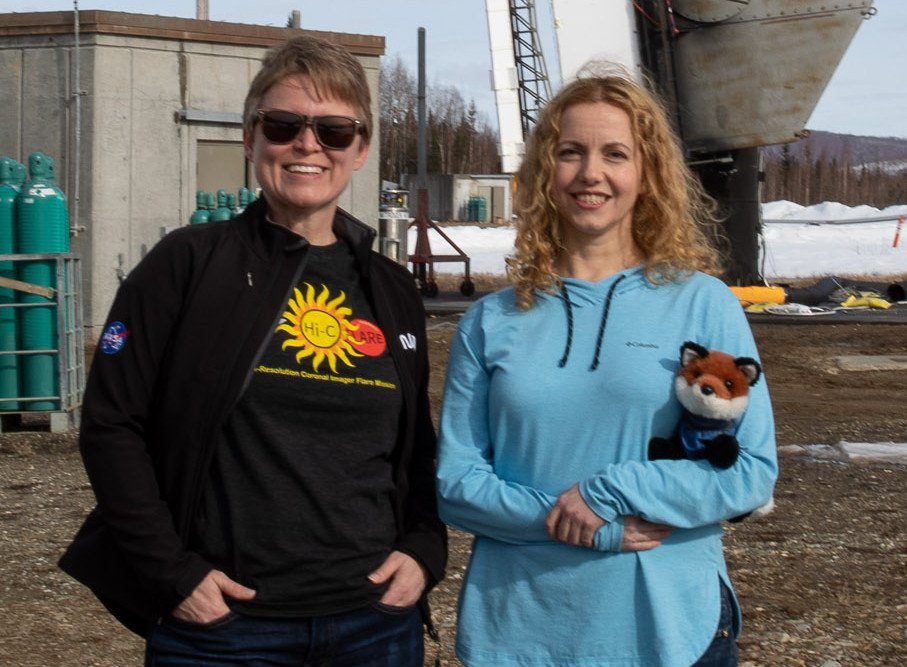
Glesener part of NASA's first solar flare observation campaign
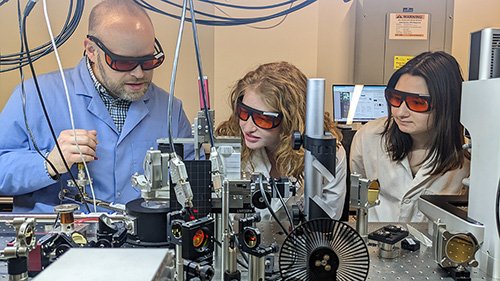
Inside Professor McLeod’s Nano-Imaging Laboratory
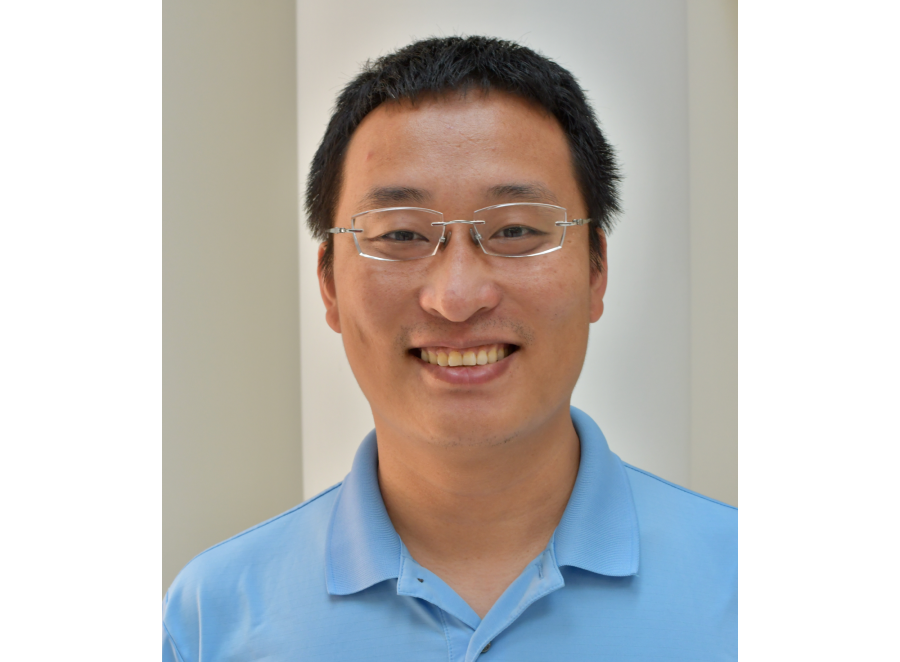
Liu receives prestigious Sloan Research Fellowship for early-career researchers
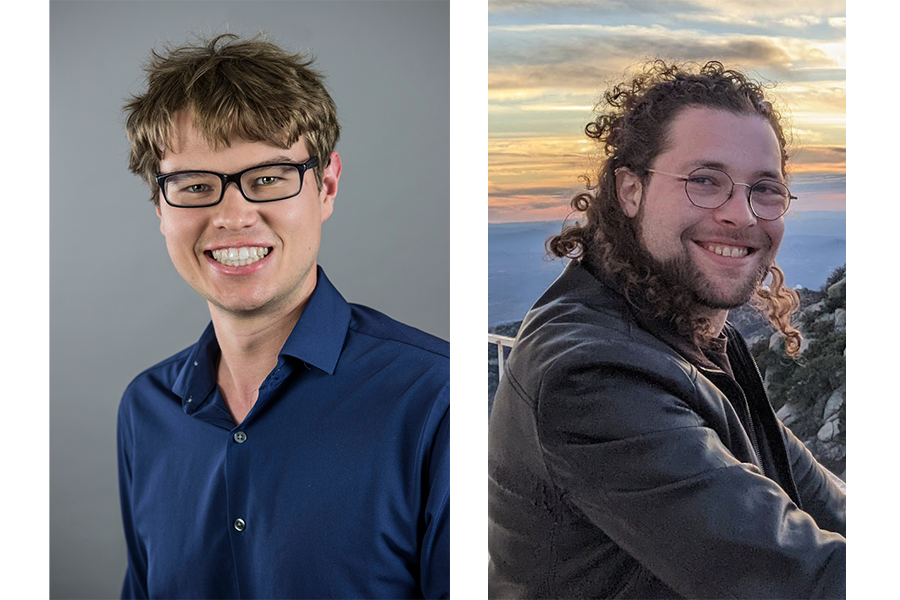
Coughlin and Criswell part of comprehensive UV light survey
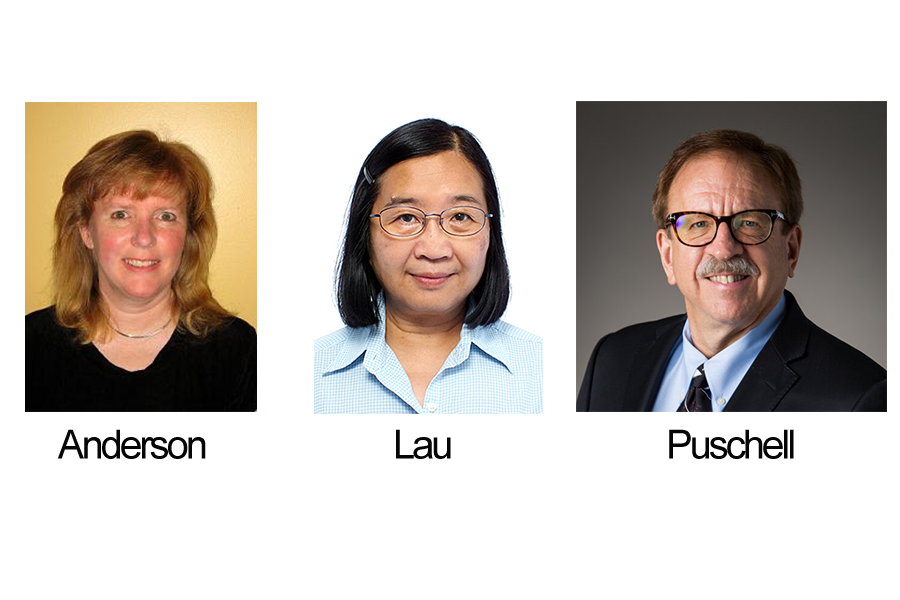
Three School Alumni elected to National Academy of Engineering
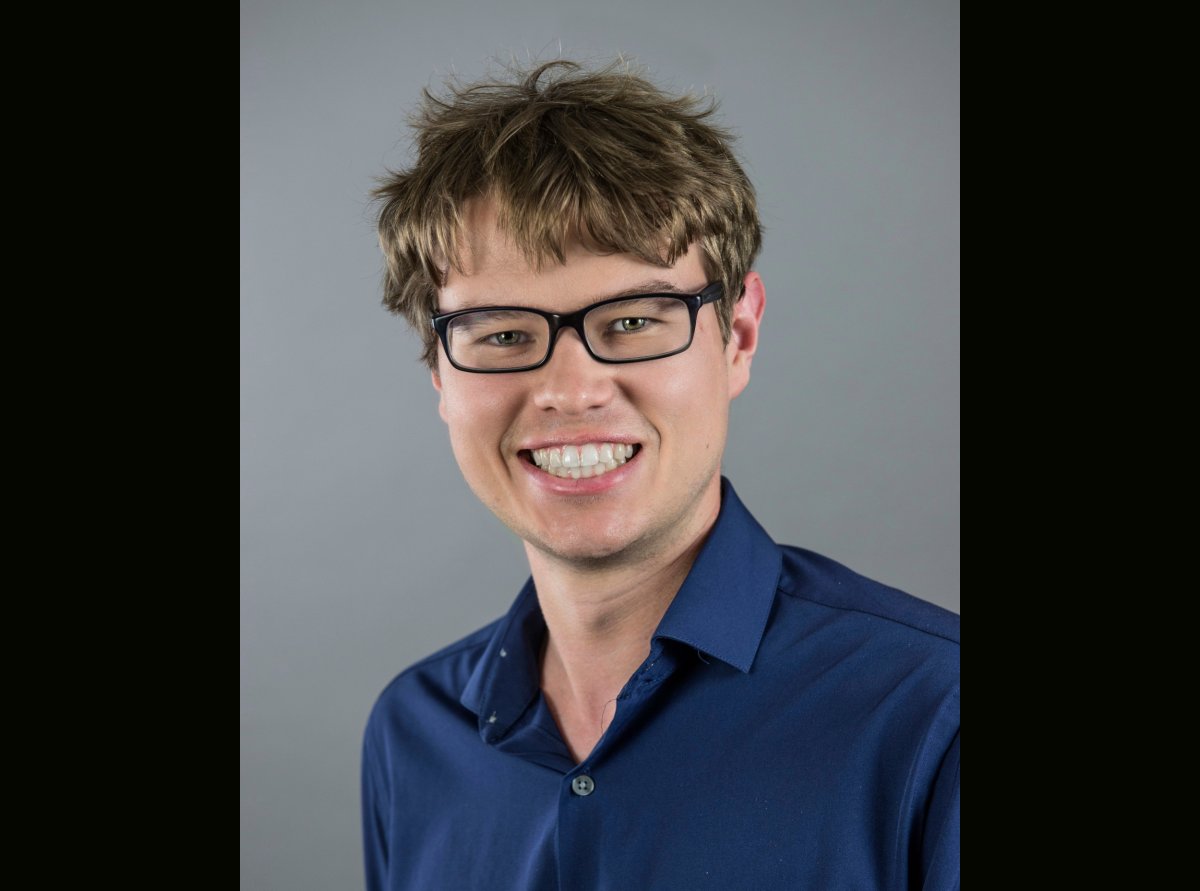
Coughlin receives McKnight Professorship
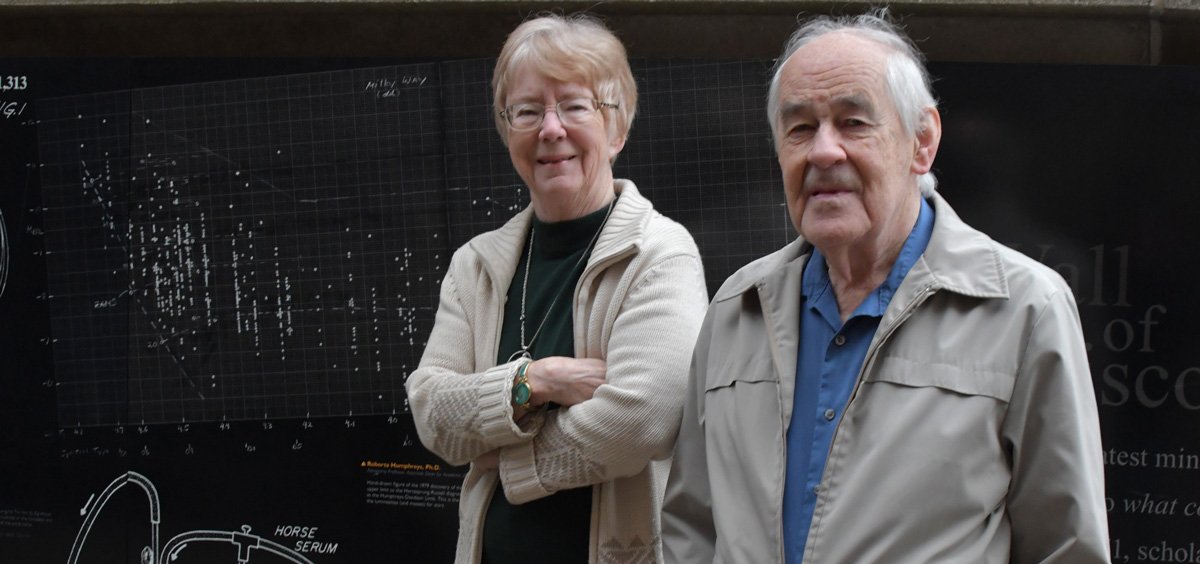
Humphreys Awarded Medal from Royal Astronomical Society
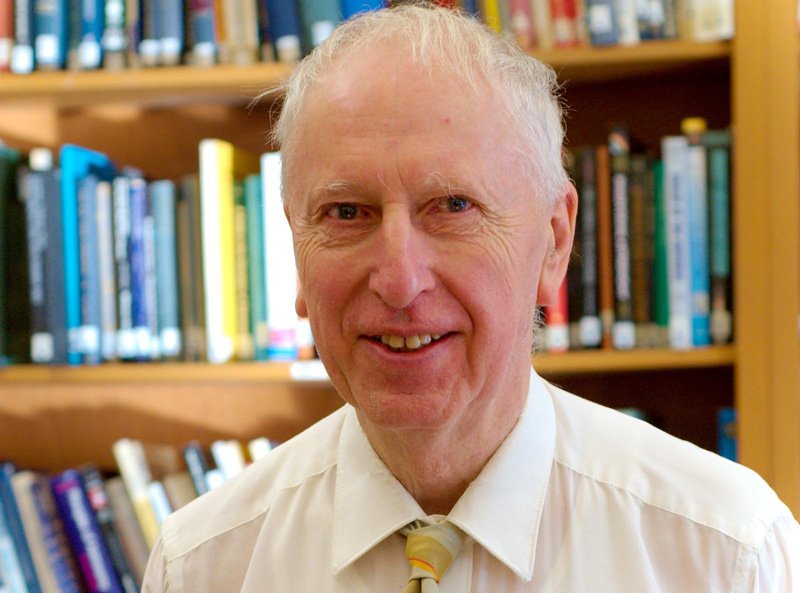
John Broadhurst, 1935 - 2023
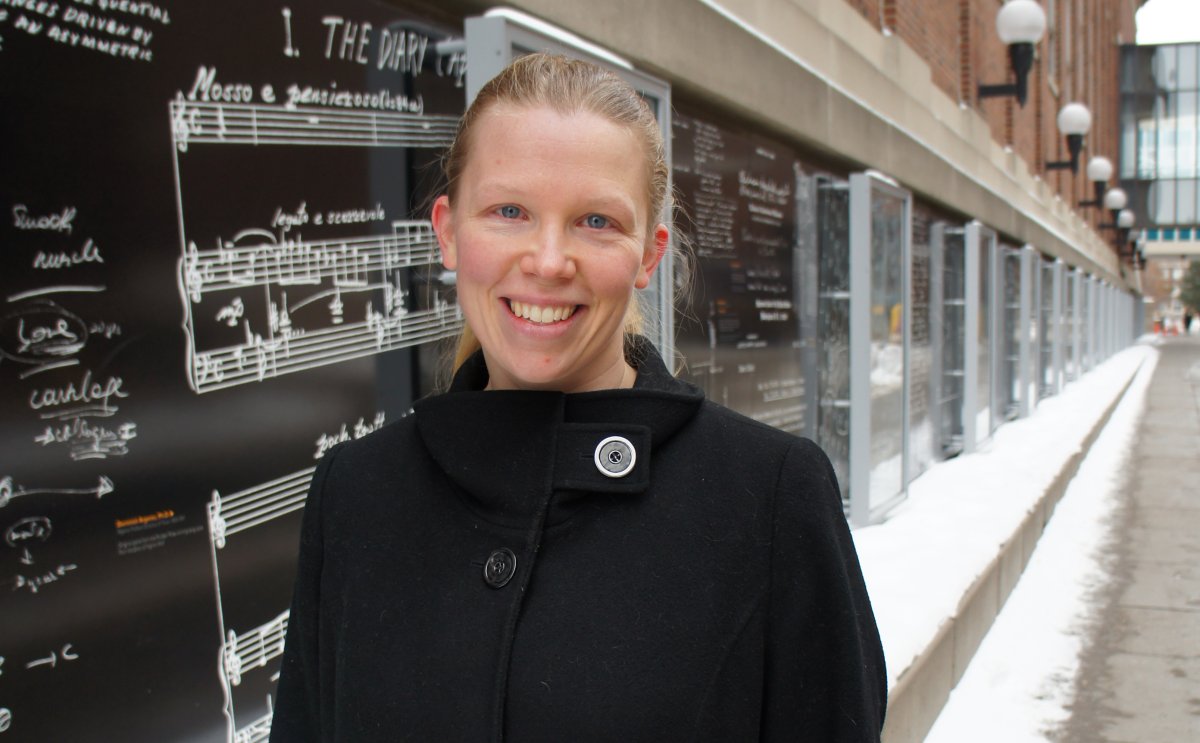
Burnell elected APS Fellow
